Our Presidents
THE LEADERS WITHIN
Eight men have led the University through its first century. Each brought their own passions and projects to drive it forward, with unyielding support of faculty and staff. Here, we invite you to get to know the presidents of The University of Baltimore.
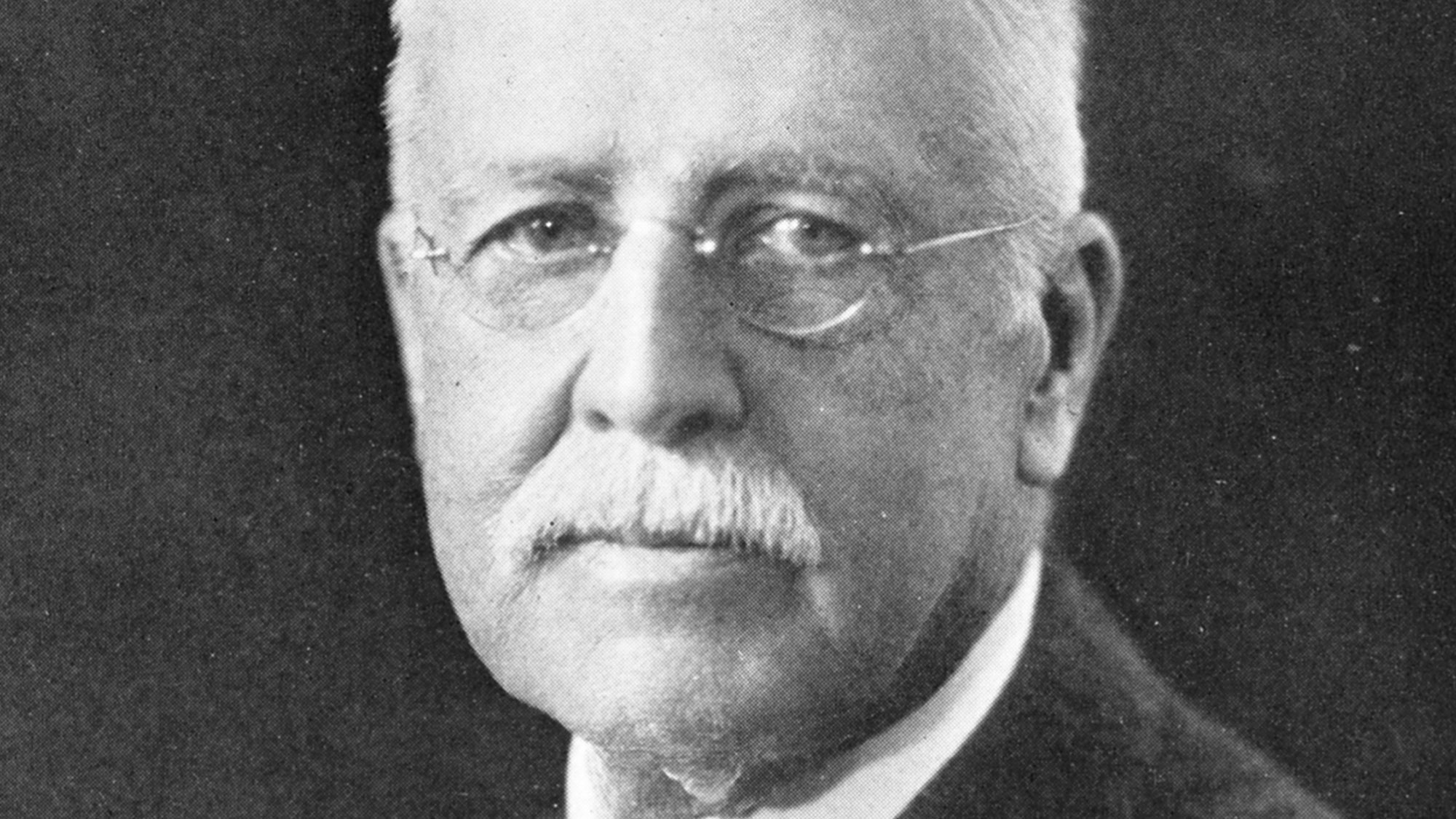
WILBUR F. SMITH, 1926-35
His Mark
Wilbur F. Smith became the University’s first president after retiring as head of Baltimore City College, at the urging of Maynard A. Clemens, one of nine city civic leaders that established UB. Smith chartered a course to a new building called Howard Hall and oversaw the first commencement.
His Words
“Ideals cannot be elevated nor careers realized unless the purpose of the one who accomplishes is honestly, sincerely and energetically pursued. If the University of Baltimore has, through its preparation, fitted you to do these things more cleverly, more expeditiously, more thoroughly, it has done for you what should be its ideal purpose.”
(1932 yearbook)
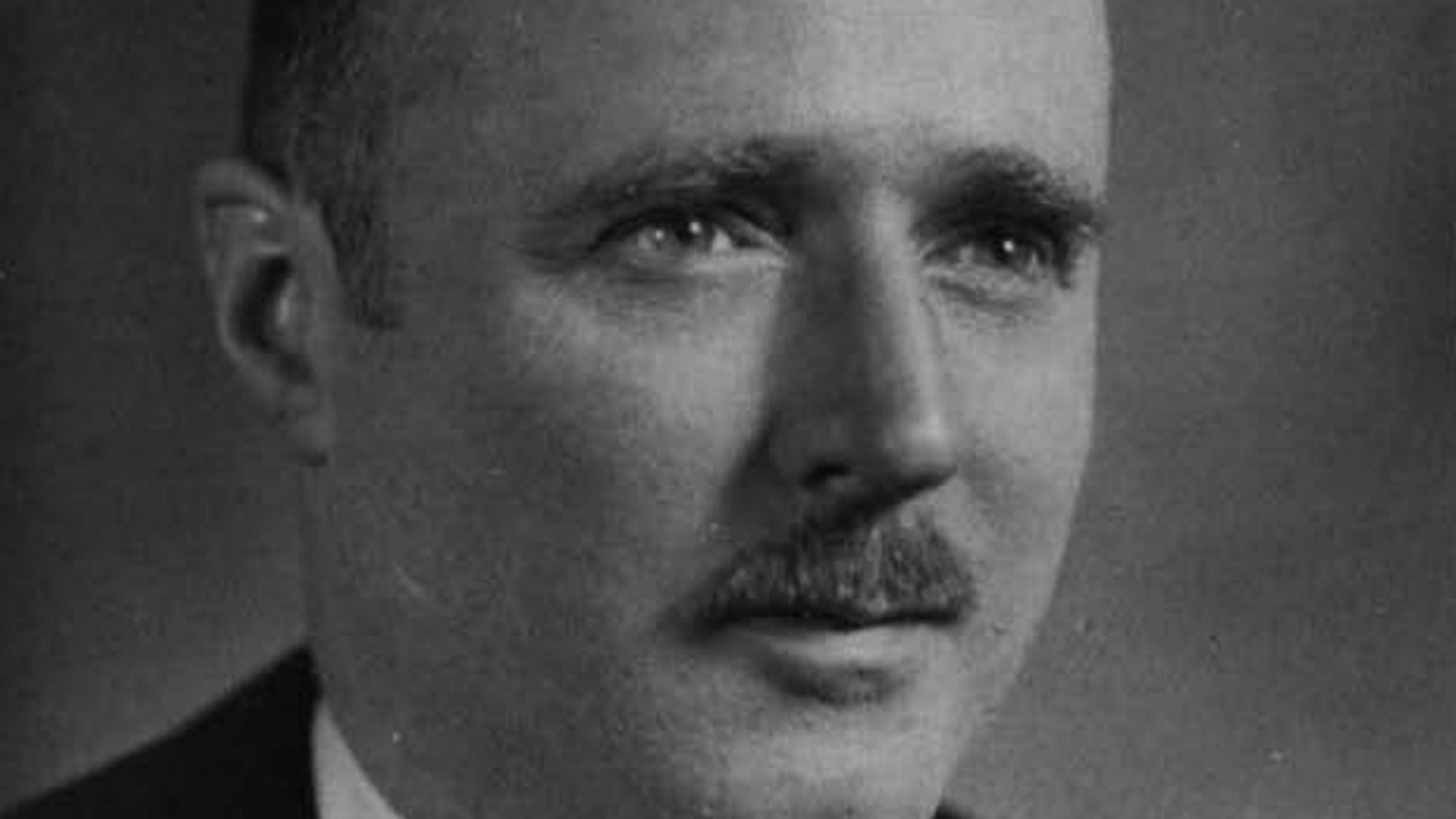
Howell A. King, 1933-35
His Mark
Howell King, one of the founders of the University, served first as the executive dean of the school before becoming president. King increased enrollment and oversaw the expansion of academic programs to meet growing demand.
His Words
“I am especially pleased with this dedication because the class of 1933 is comprised of such excellent students. May I, therefore, bid you farewell as students but not good-bye as friends. I sincerely wish that everyone of you meets with success in his or her career inasmuch as the success of the student will mean the success of the Alma Mater.”
(1933 yearbook)
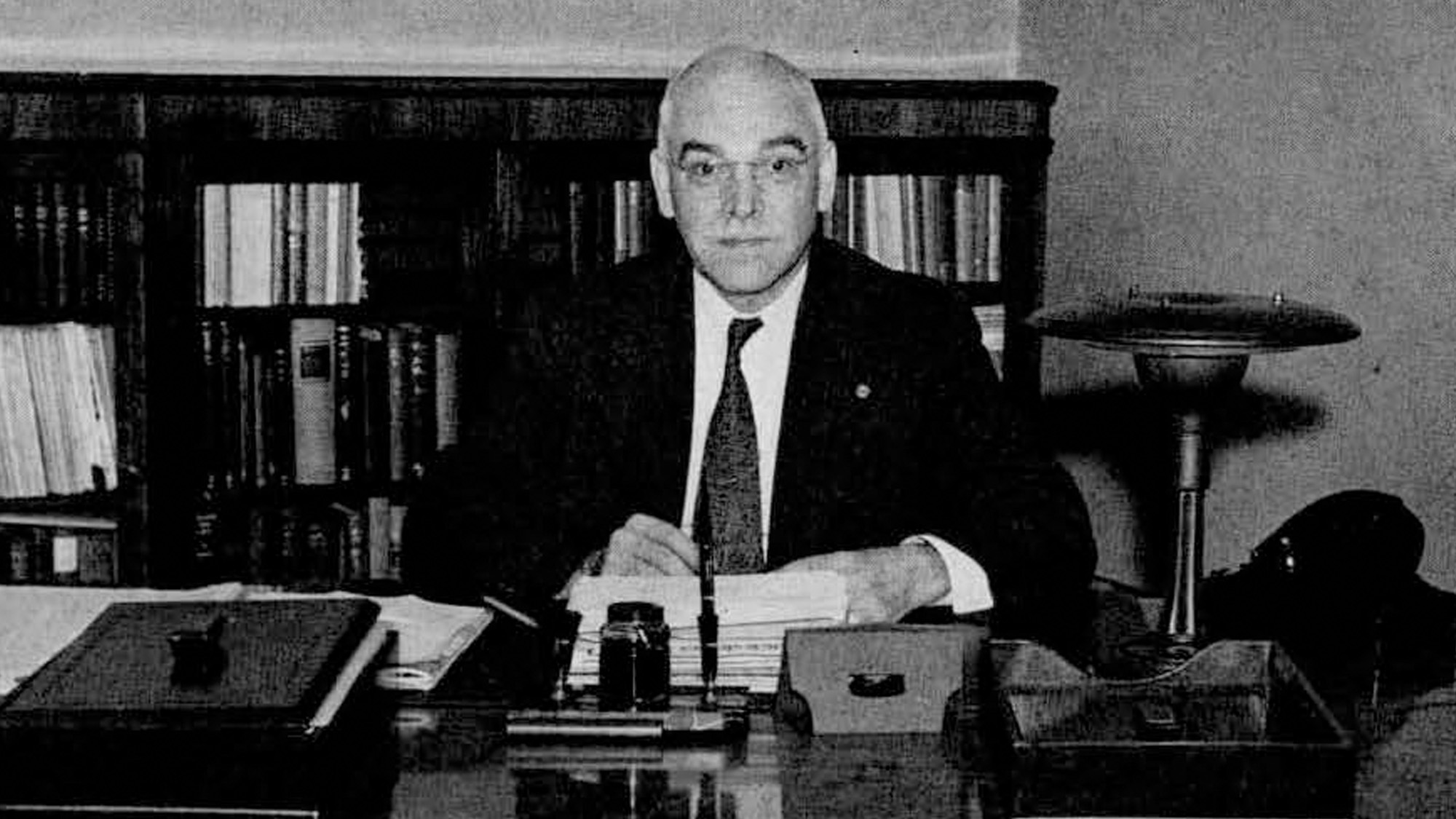
THEODORE H. WILSON, 1940-61
His Mark
Theodore Wilson had to adapt the University to the educational demands brought on by World War II. Aircraft engineering, student nursing and war industries were added to the course listings, in particular. He also oversaw the purchase and construction of the Charles Hall Annex that the University still uses today as its Academic Center.
Wilson's proudest achievement was the transformation of the University's Junior College into a four-year College of Liberal Arts and addition of a B.S. degree for business graduates. He recognized the University needed a pre-law program to award rising law students with a college degree and better path.
His Words
“An institution is sometimes erroneously said to be the lengthened shadow or image of one person. In reality, an institution is always the result of the devoted team efforts of many persons, working cooperatively and motivated by a spirit akin to the zeal and enthusiastic commitment of a group of missionaries …
“During the years 1940-1961, the University of Baltimore had grown from a small institution with fewer than 800 students, with limited offerings and limited appeal, and with one building on North Howard Street, into an institution with between 4,000 and 5,000 students, with broadened offerings and wider appeal, and with one building on North Howard Street, two buildings on North Charles Street, and two buildings and several acres of playing fields in Mount Washington. From an institution with no provision for financial assistance in case of illness or old age, it had become an institution with Social Security and with the beginnings of a retirement plan. These developments had been the result of the combined efforts of many persons who had devotedly worked together as a team.”
(“Building A University,” recollections by Wilson in 1984)
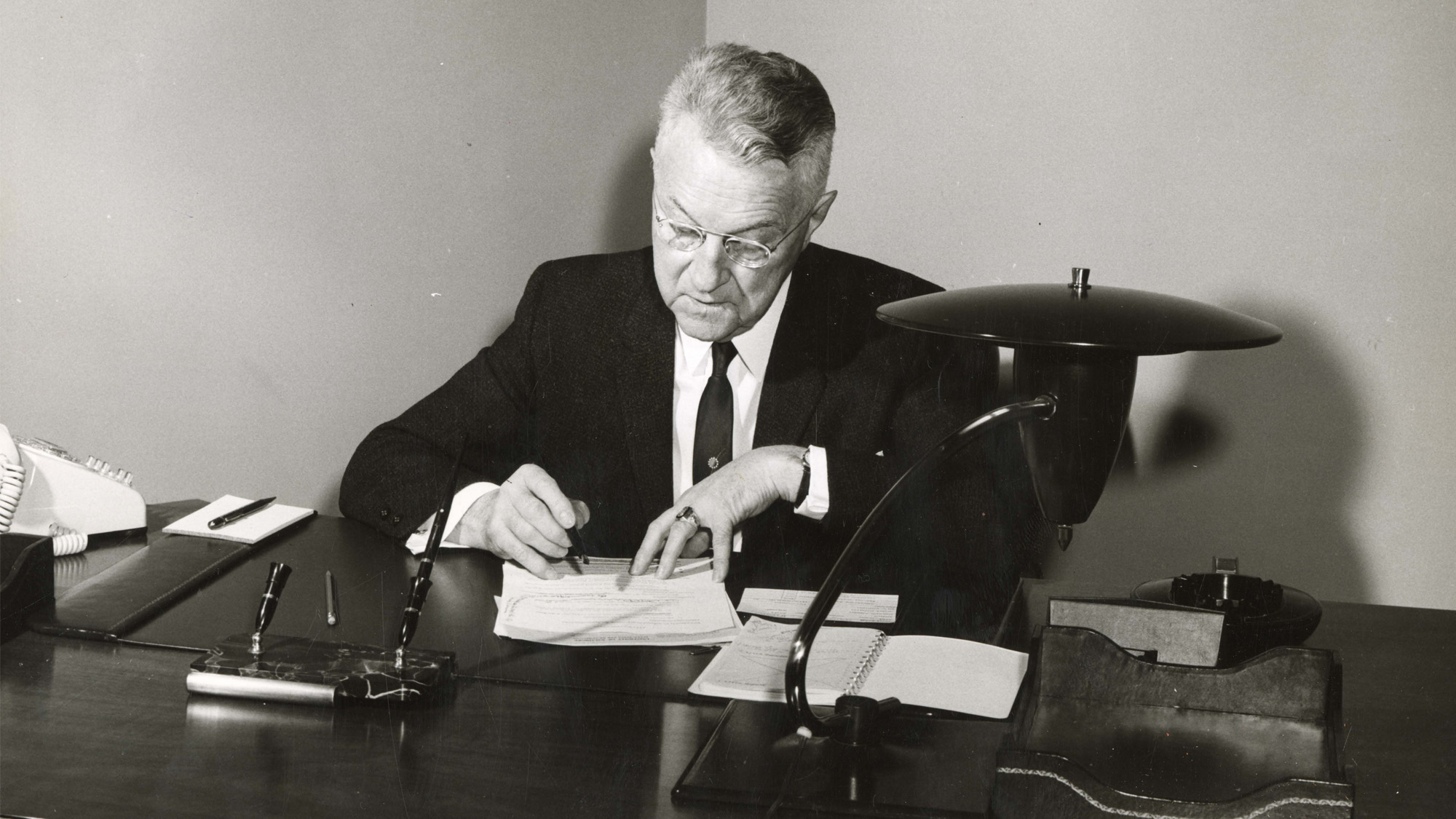
WILMER A. DEHUFF, 1962-64
His Mark
A former principal of Baltimore Polytechnic Institute High School, Wilmer DeHuff came to the University in 1958 as an educational consultant. In 1962, he was named acting president and provost. After Thomas Pullen Jr. became president, DeHuff was named dean of faculty.
His Words
"I have said several times during the year that a college education is an investment, not an expenditure. … Indeed, a college education is worthwhile. I trust that all the members of the 1963 Class will find that the effort they put into winning a University of Baltimore Diploma will pay good dividends."
(1963 yearbook)
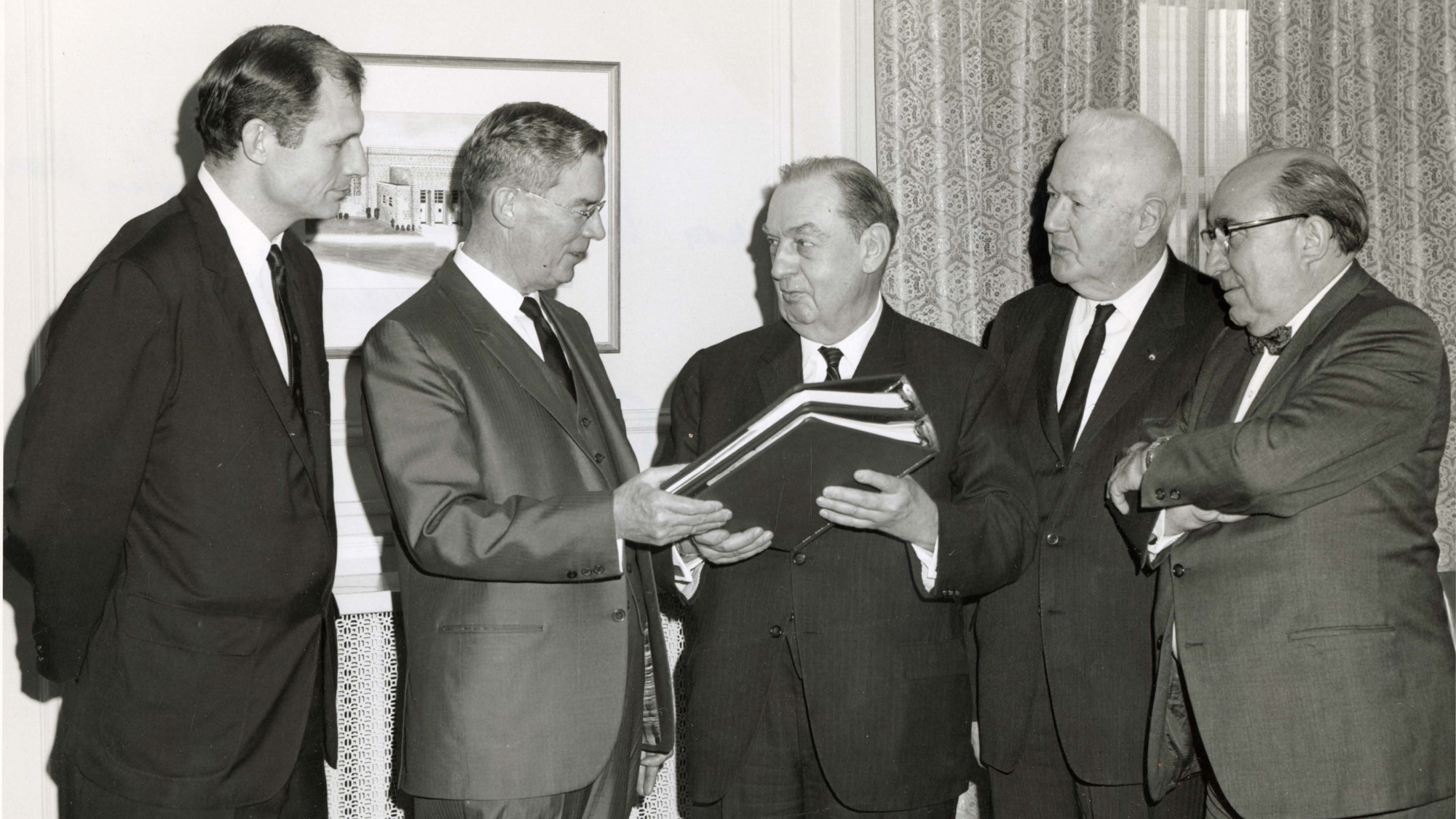
THOMAS G. PULLEN JR., 1964-69
His Mark
Thomas Pullen Jr. negotiated the purchase of or had direct influence on the majority of the buildings for our modern campus. His tenacity provided results in a better suited, accredited University by the Middle States Association. Pullen's tenure is also known for the construction of the University's library.
His Words
"No one in all the ages past has lived exactly your life; no other individual today is living exactly your life; and in all the eons ahead of us, no one will ever live your life! It is, therefore, quite important how you live it. Look for the 'good, the true, and the beautiful'—they exist, but only in the eyes and the hearts of those whose sensibilities have been refined by education, formal and informal."
(1966 yearbook)
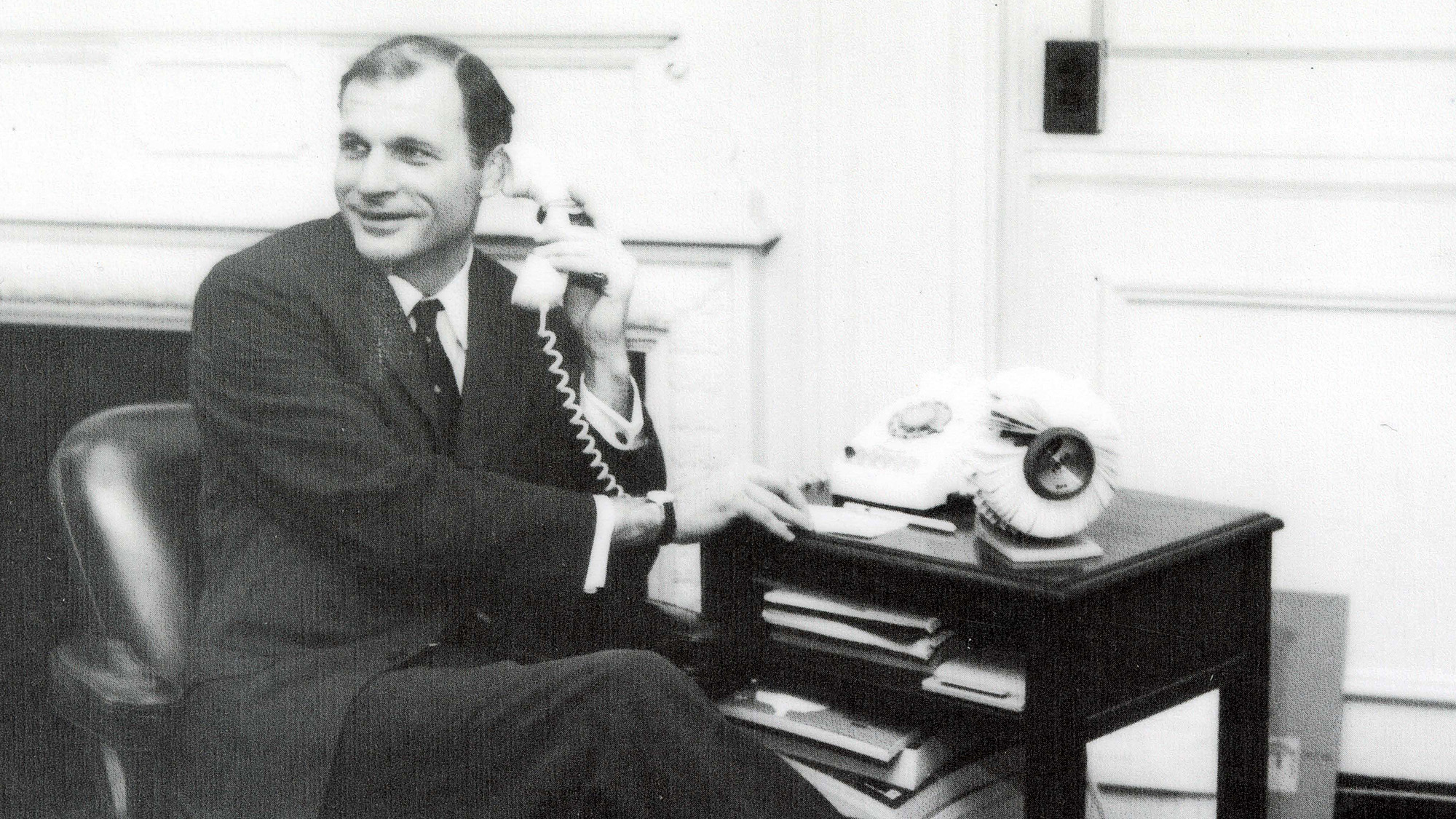
HALCOTT MEBANE TURNER, 1969-2002
His Mark
With the longest tenure of any University of Baltimore president, H. Mebane Turner's achievements are many and varied. The greatest expansion of the University and its programs occurred under Turner's leadership, with the addition of the day division of the School of Law and the merger of Eastern College, Mt. Vernon School of Law and the Baltimore College of Commerce. Turner also guided UBalt's transformation from private to public institution and its inclusion in the University System of Maryland.
His Words
"Getting good at what you do is what's important, and that's what UB is all about. We have developed some very selective programs within our mission. We have attracted the best students."
(spring 2002 alumni magazine)
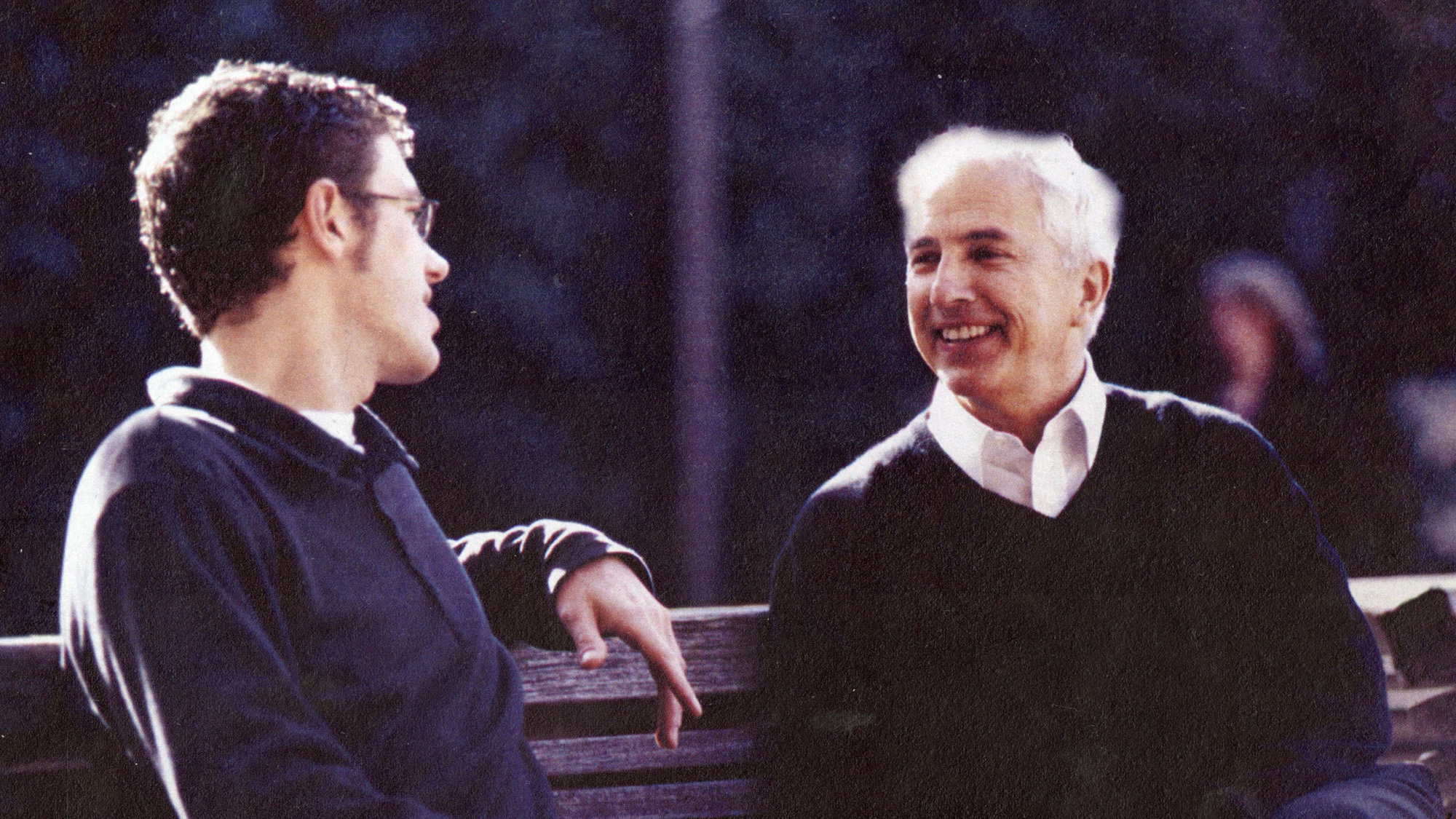
ROBERT L. BOGOMOLNY, 2002-2014
His Mark
Throughout his tenure, Robert L. Bogomolny drew from his academic, legal and corporate experiences to boost enrollment by more than 30 percent, reintroduce a four-year undergraduate program, and invest more than $275 million in public and private capital in the campus and midtown area.
His Words
"My brother went to law school at night as a part-time student. That's part of the reason I saw from the start that UB is a special place with a special mission. We provide an opportunity for people who might not otherwise have the opportunity to pursue an education, and to pursue their dreams in life. That's a very, very valuable role to play."
(fall 2002 alumni magazine)
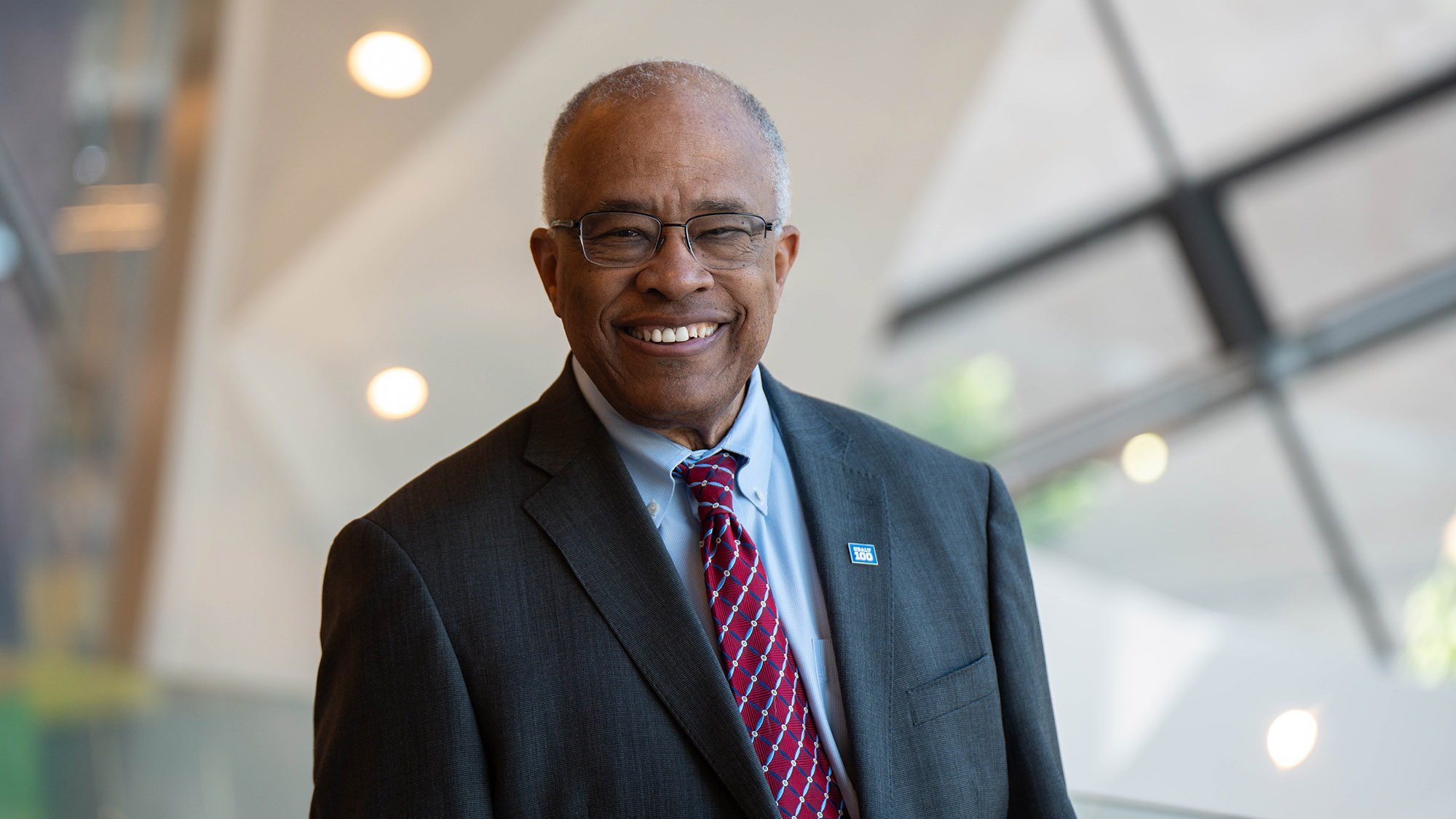
KURT L. SCHMOKE, 2014-PRESENT
His Mark
A former mayor of Baltimore City and dean of the Howard University School of Law, Kurt L. Schmoke brought a wealth of experience and insight to UBalt. Schmoke has overseen the University through tumultuous times in the city and worldwide, particularly navigating the community through the COVID-19 pandemic that forced the University fully online and then hybrid. Most recently, Schmoke has been laying the groundwork for the University’s next century, including drafting a master plan for modern upgrades to the physical campus.
His Words
“I find I have a lot in common with these students. Given my return to Baltimore and my arrival at UB in July, this is a time of discovery and rediscovery for me. ... The city I was fortunate to serve has made great progress, and it’s clear that the University of Baltimore has played a major role in making that happen. At the same time, some things don’t change, especially the critical role that education plays in creating a vibrant and just society.”
(fall 2014 alumni magazine)

